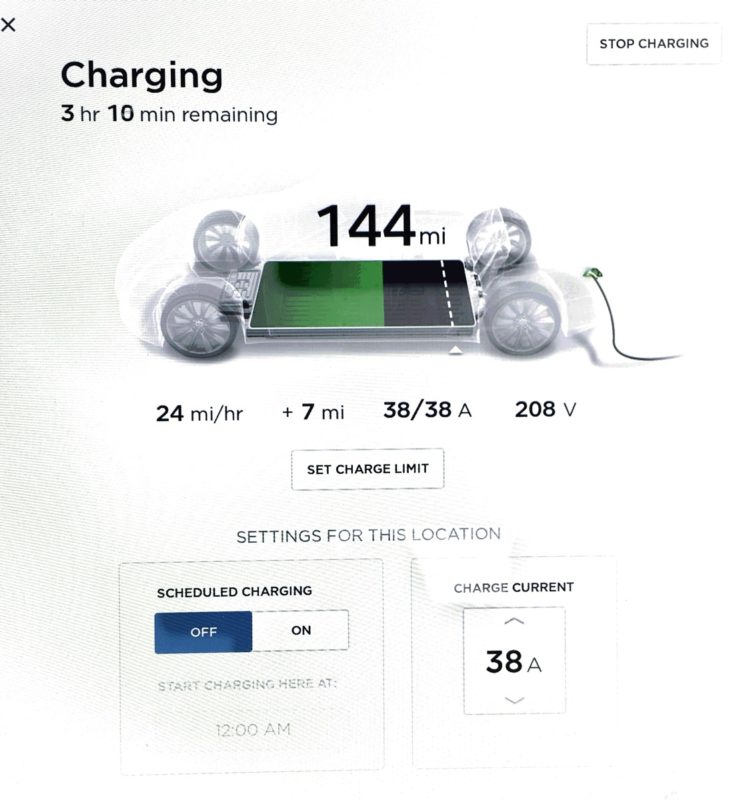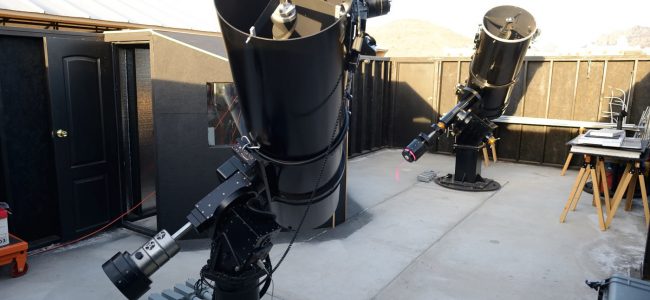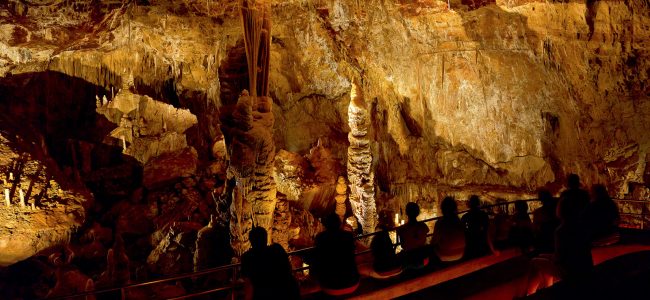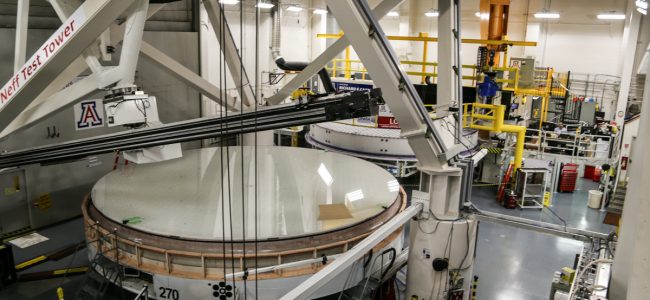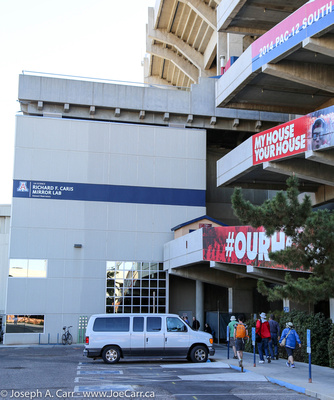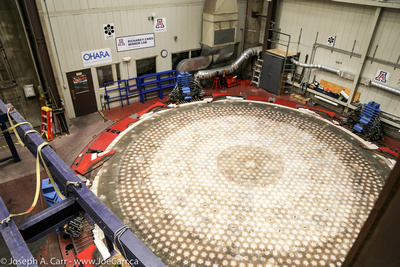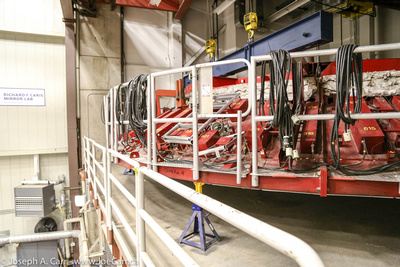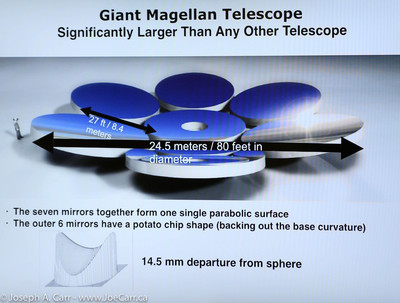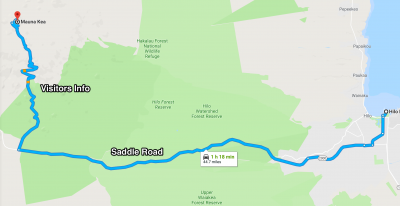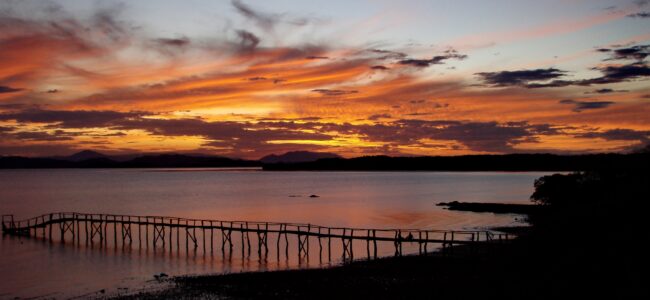February 20, 2018 Tuesday – Museum of Optics & Mineral Collection at the University of Arizona, Tucson
2018 Southern Arizona and Astronomy
I go downstairs for breakfast and then check out of the Red Lion Inn. I head down to the University of Arizona, since a friend suggested I see their Optics Museum at the College of Optical Sciences. the University is located downtown, which is on the way to my new hotel on the south side of Tucson. I manage to find pay street parking only a couple of blocks away, and use Google Maps to find the building on campus.
The Museum of Optics is self-guided, with displays on several floors of the building. After starting in the lobby with several beautiful glass sculptures and some telescopes, the tour starts at the top of the building on the 7th floor. I then work my way down floor-by-floor. They have an extensive collection of eyeglasses, binoculars, monoculars, opera glasses, historic cameras, stereographs, telescopes, and much more. It is all fascinating, and free-of-charge!
The architecture of the Meinel Optical Sciences Building is quite striking, since it has a segmented glass front, the sides and back are wrapped in dark copper, and there are internal light shafts that go top-to-bottom.
Since I have well over an hour left on the parking meter, I go to the Flandreau Science Center and Planetarium which is across the street from the Meinel Building. I pay the $6 Senior’s admission and spend time taking in what is perhaps the most impressive collection of minerals on public display in the Tucson area. Their amazing collection of meteorites includes some as large as a suitcase! It is a shame the displays aren’t better lit, since it’s hard to appreciate the colours and textures of the minerals when they are in glass cases lit from above with fluorescent lights.
After leaving the UofA, I check into the Baymont Hotel and Suites. I enquire about the Tesla Destination chargers outside, and am told they charge $2/hour and they will turn it on when I’m ready to charge. I’m pleased the rate is reasonable…this is going to be so much more convenient than staying at a hotel with no electric vehicle support. The Tesla Supercharger east of Tucson is only about a 15 minute drive each way plus charging time), so I have options. I decide to try out their Tesla Destination charger. The front desk clerk is thrilled, since this is new to her, and she has never seen a Tesla up close before. As it turns out, several of the charge points don’t work, but I find one that lights up green on my Tesla’s charge port. It is a 40 amp 209 volt supply, so the charge rate is about the same as I have at home (Level 2 charger). I end up paying for 3.5 hours’ worth of charging at $2/hr.



